‘Art in a Time of Chaos’ at China Institute Gallery, New York
Head of a Bodhisattva. Northern Qi dynasty (550–577). Sandstone; H. 12 1/2 in. Courtesy Collection of the Shanxi museum.
NEW-YORK - The China Institute Gallery in New York will be hosting an exhibition titled “Art in a Time of Chaos: Masterworks from Six Dynasties China, 3rd-6th Centuries” that will be on view from September 30, 2016, through March 19, 2017.
Over the past two decades, archaeological excavations have discovered magnificent works of art, created during this chaotic period of nearly 400 years of political unrest, geographical divisions and civil strife. The exhibition brings forward more than 100 ceramics, sculpture, calligraphy and paintings from this era between 3rd and 6th centuries. Most of these artworks will be on public view for the first time in the US.
Group of Celadon Figurines. Three Kingdoms period, Wu kingdom (222–280). Glazed porcelain; various dimensions, from 5 3/8 to 7 5/8 in. Courtesy China Institute Gallery.
The Six Dynasties period, from the 3rd to 6th centuries, was one of the most dynamic periods in Chinese art history, akin to the European Renaissance in the impact it had on artistic creativity and the celebration of individual expression. Over the past twenty years, archaeological excavations have unearthed extraordinary works of art, forever altering scholarly understanding of this chaotic, four-hundred-year period of political upheaval, geographical division and civil strife.
Not only was the Six Dynasties period a pivotal link in the historical timeline between the Han and Tang dynasties, but it is increasingly recognized for having laid the foundation for Chinese artistic standards, genres, subjects, and important themes that continue to define Chinese art today.
Carved Tomb Panel from Sarcophagus. From a tomb dated to the Sui dynasty, twelfth year of Kaihuang (592). Unearthed in 1999 from the tomb of Yu Hong at Wangguo village in Taiyuan, Shanxi Province. West slab of the rear wall, Marble, H. 37 7/8 in., W. 19 3/8 in., D. 4 3/4 in. Courtesy Collection of the Shanxi Museum.
Over the past two decades, archaeological excavations have discovered magnificent works of art, created during this chaotic period of nearly 400 years of political unrest, geographical divisions and civil strife. The exhibition brings forward more than 100 ceramics, sculpture, calligraphy and paintings from this era between 3rd and 6th centuries. Most of these artworks will be on public view for the first time in the US.
September 30, 2016 – March 19, 2017. China Institute Gallery’s new lower Manhattan location, 100 Washington Street, New York, NY 10006, United States.
Celadon Double-Rim, Lidded Jar with Underglaze Decoration. Three Kingdoms period, Wu kingdom (222–280). Glazed porcelain; H. (total) 11 7/8 in., D. (at mouth) 5 7/8 in. D. (at belly) 13 in., D. (at base) 7 5/8 in. Courtesy Collection of the Nanjing Municipal Museum.
Celadon Ewer with Chicken-Head Spout and Dragon Handle. From a tomb dated to the Northern Qi dynasty, second year of Wuping (571). Porcelain; H. 19 5/8 in., D. (at mouth) 4 3/4 in., D. (at base) 5 in. Courtesy China Institute Gallery.

/https%3A%2F%2Fprofilepics.canalblog.com%2Fprofilepics%2F1%2F0%2F100183.jpg)
/https%3A%2F%2Fstorage.canalblog.com%2F03%2F02%2F119589%2F96711876_o.jpg)
/https%3A%2F%2Fstorage.canalblog.com%2F11%2F31%2F119589%2F94773502_o.jpg)
/https%3A%2F%2Fstorage.canalblog.com%2F20%2F83%2F119589%2F94772815_o.jpg)
/https%3A%2F%2Fstorage.canalblog.com%2F26%2F72%2F119589%2F75604929_o.jpg)
/https%3A%2F%2Fstorage.canalblog.com%2F59%2F60%2F119589%2F26458628_o.jpg)
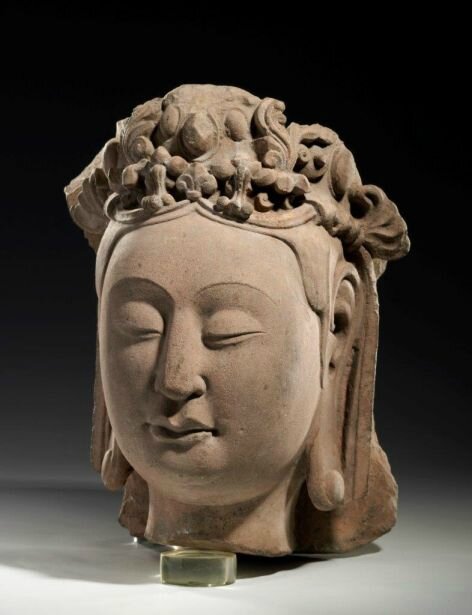
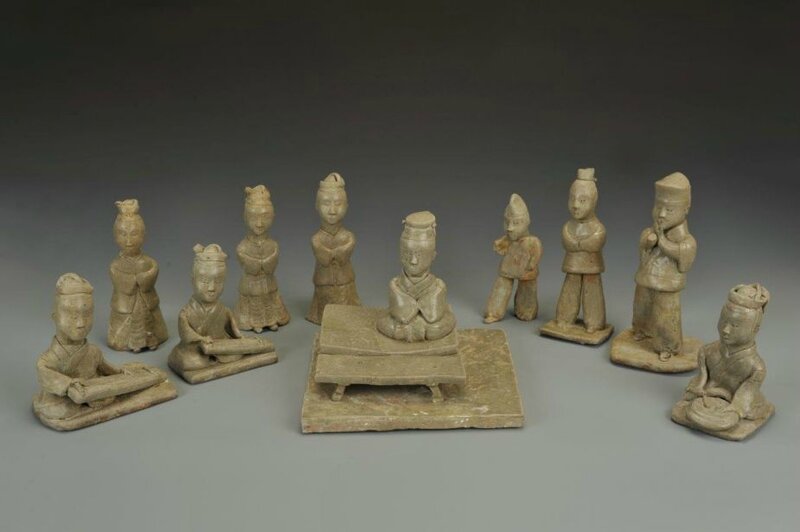
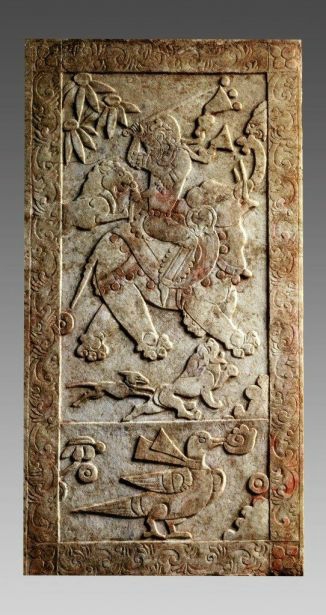
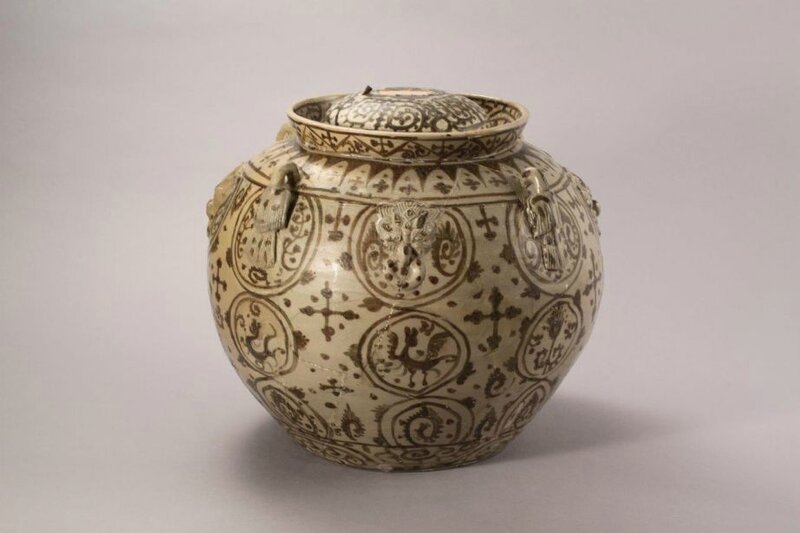
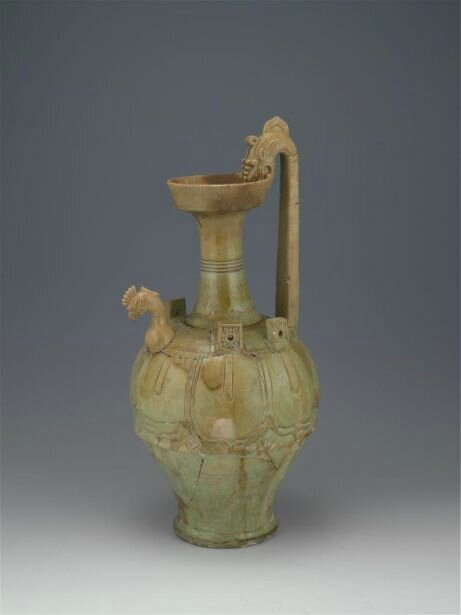


/image%2F1371349%2F20240301%2Fob_3423dd_428510028-1625871008182912-54525327328.jpg)
/image%2F1371349%2F20240301%2Fob_32421e_428486452-1625869211516425-48570399894.jpg)
/http%3A%2F%2Fstorage.canalblog.com%2F33%2F71%2F119589%2F127160121_o.jpg)
/http%3A%2F%2Fstorage.canalblog.com%2F85%2F48%2F119589%2F121232484_o.jpg)